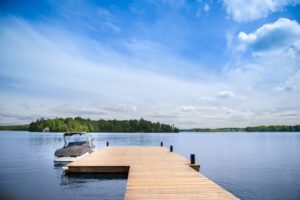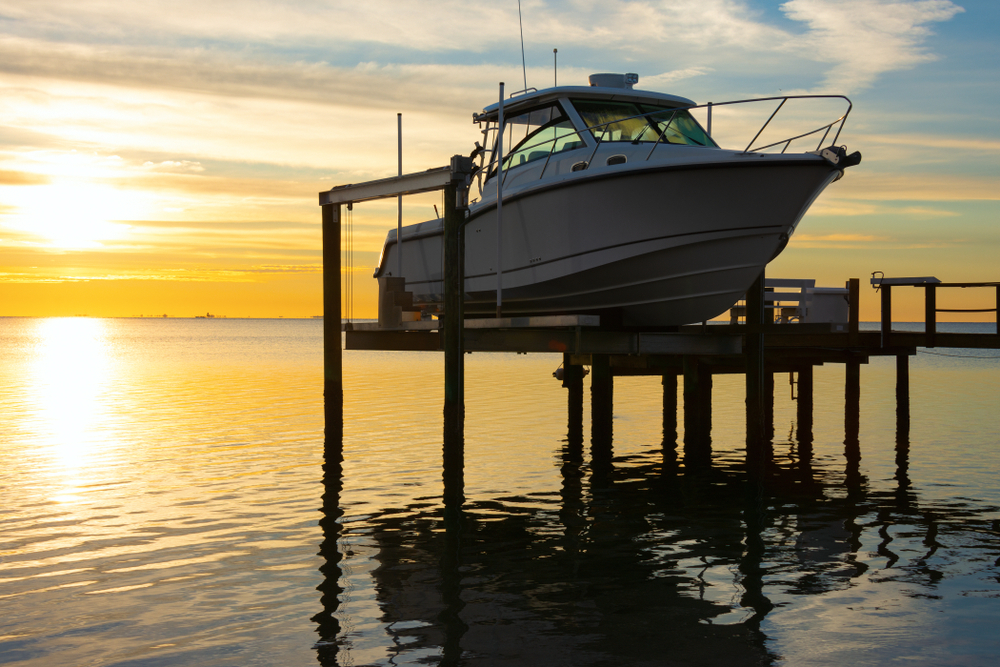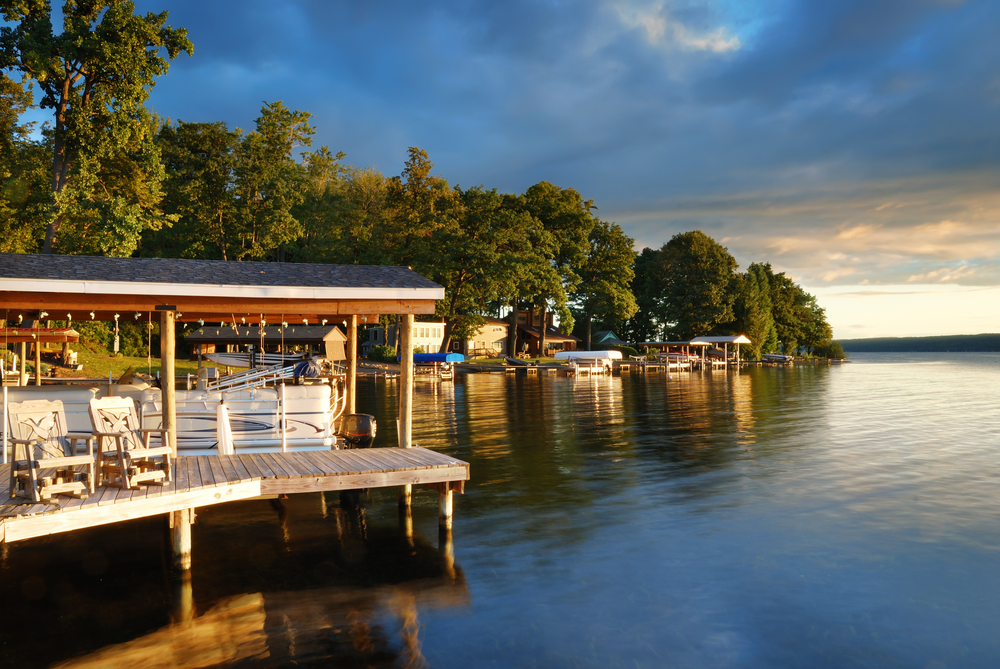Are you considering installing a floating dock on your waterfront property? Floating docks offer numerous advantages, such as adaptability to water level changes, ease of installation, and low maintenance requirements.
At One Stop Docks, we specialize in boat lifts, modular floating docks, and aluminum standing roll-in docks, with a focus on providing top-quality solutions for residential, commercial, and marina applications.
In this blog post, we will guide you through the best practices for the installation and maintenance of floating docks to ensure longevity and optimal performance.
1. Careful Planning and Preparation
Before installing your floating dock, it is crucial to engage in careful planning and preparation. Begin by determining the purpose and layout of your dock. Consider factors such as water depth, shoreline configuration, and the intended use of the dock.
Measure and mark the desired location, ensuring that it adheres to any local regulations or restrictions. Additionally, consider the amount of space you need for boarding or mooring boats.
By taking the time to plan and prepare properly, you can ensure that your dock will be functional, aesthetically pleasing, and meet your specific needs.

2. Quality Materials and Construction
Choosing high-quality materials and ensuring proper construction is essential for the longevity of your floating dock. One Stop Docks offers modular floating docks that are designed to be attractive, durable, and easy to install and maintain.
Our docks feature reinforced surface supports, high-strength injection moulded coupler systems, and non-slip patterned surfaces for added safety and strength. When selecting materials for your dock, consider factors such as resistance to UV radiation, corrosion, and impact.
By using top-quality materials and construction techniques, you can ensure that your dock can withstand the elements and heavy use for many years.
3. Secure Anchoring
Proper anchoring is crucial to ensure the stability and performance of your floating dock. The type of anchoring method you choose will depend on the water conditions and regulations in your area.
Common anchoring methods include pilings, augers, or underwater anchors. It is important to secure your dock using appropriate anchoring techniques to prevent it from drifting or becoming unstable.
Consider the water depth, substrates, and currents when selecting the anchor type and size. Regularly check the anchors and lines to ensure they remain secure and free from damage. By properly anchoring your floating dock, you can ensure its stability and longevity.
4. Regular Inspections
Regular inspections are vital to identify any potential issues or maintenance needs for your floating dock. Inspect the dock for any signs of wear and tear, including loose connections, damaged flotation, or deteriorating decking.
Check for any debris or vegetation that may accumulate around the dock, as this can interfere with the dock’s performance or cause damage over time. Inspect the flotation modules for leaks or damage and ensure that all connections between sections or individual modules are secure.
By conducting regular inspections, you can address minor issues before they become major problems and extend the lifespan of your dock.
5. Cleaning and Maintenance
Proper cleaning and maintenance are essential to maximize the lifespan of your floating dock. Regularly clean the surface of the dock to remove dirt, algae, or other substances that can cause slipperiness or discoloration.
If your dock features an aluminum decking, simply hosing it down and using a mild detergent should suffice. For docks with wooden decking, regular resealing or staining may be required to protect against moisture and UV damage. Additionally, check and tighten any loose connections or hardware. Inspect the flotation modules for any signs of damage or wear and replace them if necessary. By maintaining the cleanliness and structural integrity of your dock, you can ensure its performance and longevity.
6. Winterization of Floating Docks
If you live in an area with freezing temperatures, it is crucial to properly winterize your floating docks to prevent damage. Before winter sets in, remove any loose or unnecessary items from the dock and secure any movable components.
If possible, remove the dock from the water entirely and store it in a protected location. If removal is not an option, consider using ice protection devices to prevent ice damage. Winterizing your floating dock will help protect it from the harsh elements and ensure its longevity.
Additionally, during the winter months, inspect the dock regularly for any ice or snow buildup and remove it promptly to prevent excessive weight load on the structure.


7. Professional Assistance
For complex installations or maintenance tasks, it may be beneficial to seek professional assistance. One Stop Docks has over 30 years of design and manufacturing experience, ensuring that your floating docks are installed correctly and maintained to maximize its longevity and performance.
Our team is knowledgeable and experienced, providing you with the confidence that your dock is in good hands. We can also assist with any customizations or additional features you may need for your dock. By working with professionals, you can ensure that your dock is installed and maintained to the highest standards.
By following these best practices for the installation and maintenance of floating docks, you can ensure that your dock remains in excellent condition for years to come. Whether you are looking to enhance your waterfront property or create a marina application, One Stop Docks is your one-stop shop for all your floating docks related solutions.
For further assistance or to explore our wide range of products, including modular floating docks, boat lifts, and more, visit One Stop Docks today!



